Use this onomatopoeia poem poster and accompanying template to teach your students how to write an onomatopoeia poem.
Explore Poems with Onomatopoeia
Onomatopoeia poems use words that imitate natural sounds, such as “buzz,” “crash,” “sizzle” or “roar.” These words reflect the actual sounds they describe, which helps create vivid imagery and brings the poem to life. Onomatopoeia is a form of sound play. It adds an auditory element to the reader’s experience, making the poem more engaging.
Introduce your students to onomatopoeia and how it can be used to create onomatopoeia poems with this poster and accompanying template. The download includes:
- Onomatopoeia Poem Poster – This colorful and informative poster explains what an onomatopoeia poem is and provides an example using the topic of pancakes.
- Onomatopoeia Poems Templates – Templates are included to assist students in planning and writing an onomatopoeia poem of their own.
This resource downloads as an easy-print PDF or an editable Google Slides file. Please note that the poster is available in the PDF version only.
Onomatopoeia Poems: A Great Choice for Students
Sound play is one of the more enjoyable elements of poetry that students can have fun with. By experimenting with onomatopeia in their creative writing, students will learn about:
- Imitating Sounds – The primary feature of onomatopoeia poems is their use of sound-imitating words. By using words that mimic real-world sounds, students will help their audience to hear what is being described in their poem.
- Creating Imagery – Onomatopoeic words contribute to the imagery in a poem by appealing directly to the reader’s sense of hearing. Experimenting with this vocabulary will help students create more detailed descriptions of their topic.
- Evoking Emotion – The sounds in an onomatopoeia poem can evoke specific emotions in readers, such as calmness from “whisper” or excitement from “bang.” By carefully selecting specific onomatopoeic words to use in their poetry, students will learn how vocabulary choice can enhance the overall mood and impact of the poem.
Download to Write Poems with Onomatopoeia
Use the Download button to access your preferred version of this resource.
Project the poster on your interactive whiteboard or print it for your classroom display board. If you intend to display the poster, we recommend enlarging it for enhanced readability.
Explore More Poetry Writing Resources
Teach Starter has a wide variety of resources to make your poetry writing unit a breeze! Click below to browse more resources from our library.
[resource:2659806] [resource:3195410] [resource:5113965]
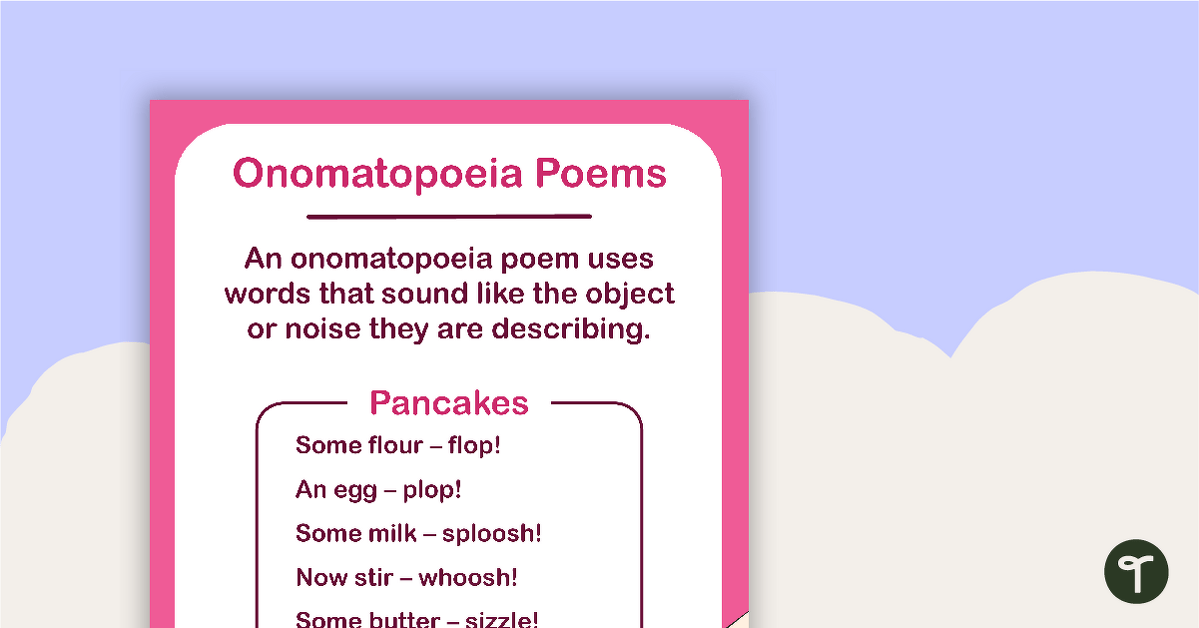

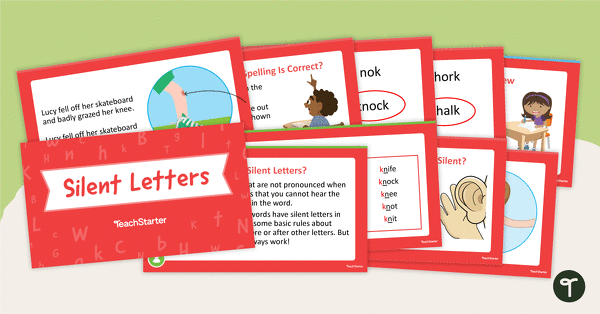
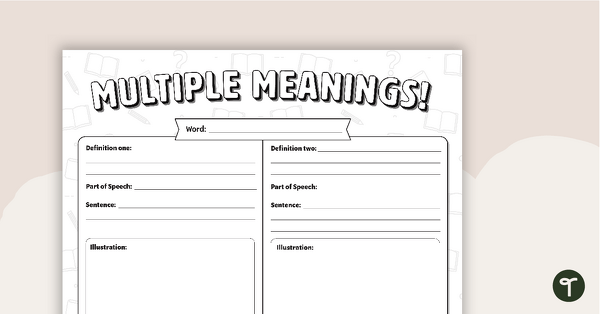
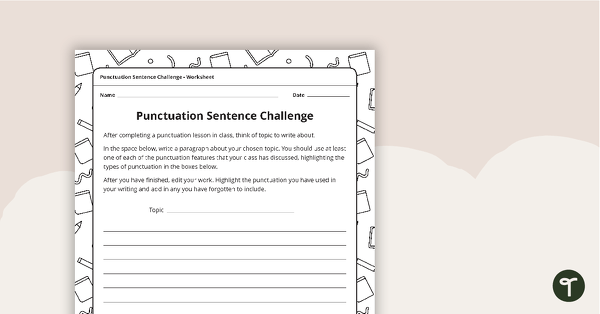
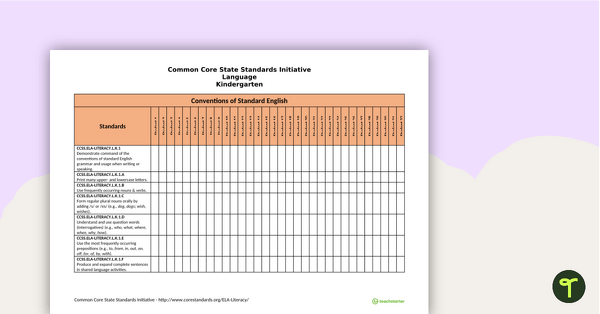
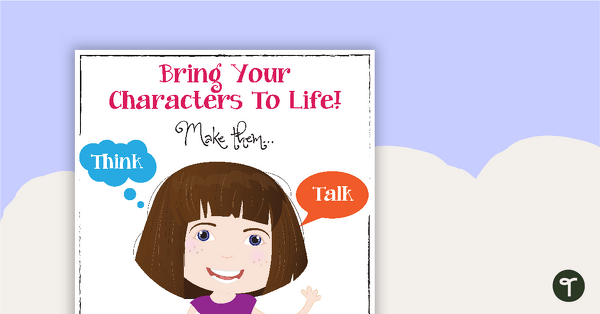
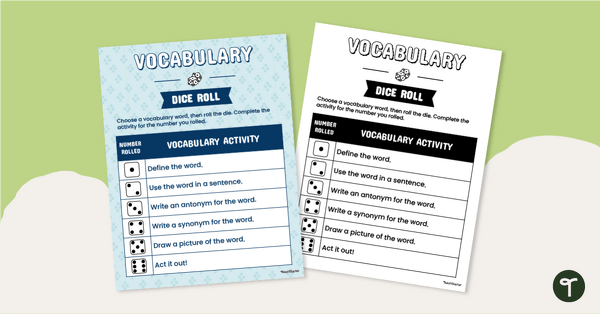
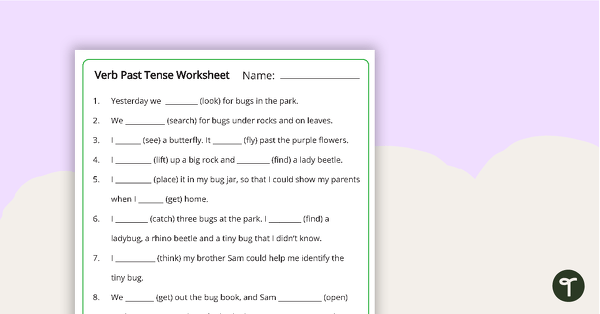
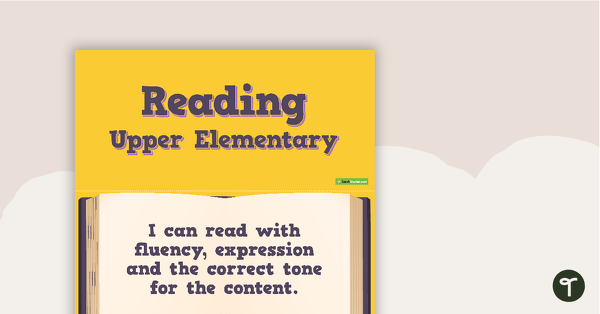
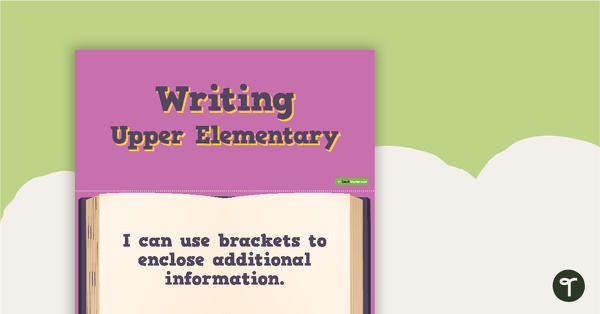
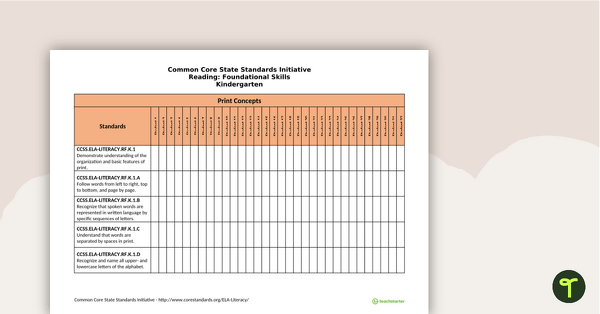
0 Comments
Write a review to help other teachers and parents like yourself. If you'd like to request a change to this resource, or report an error, select the corresponding tab above.